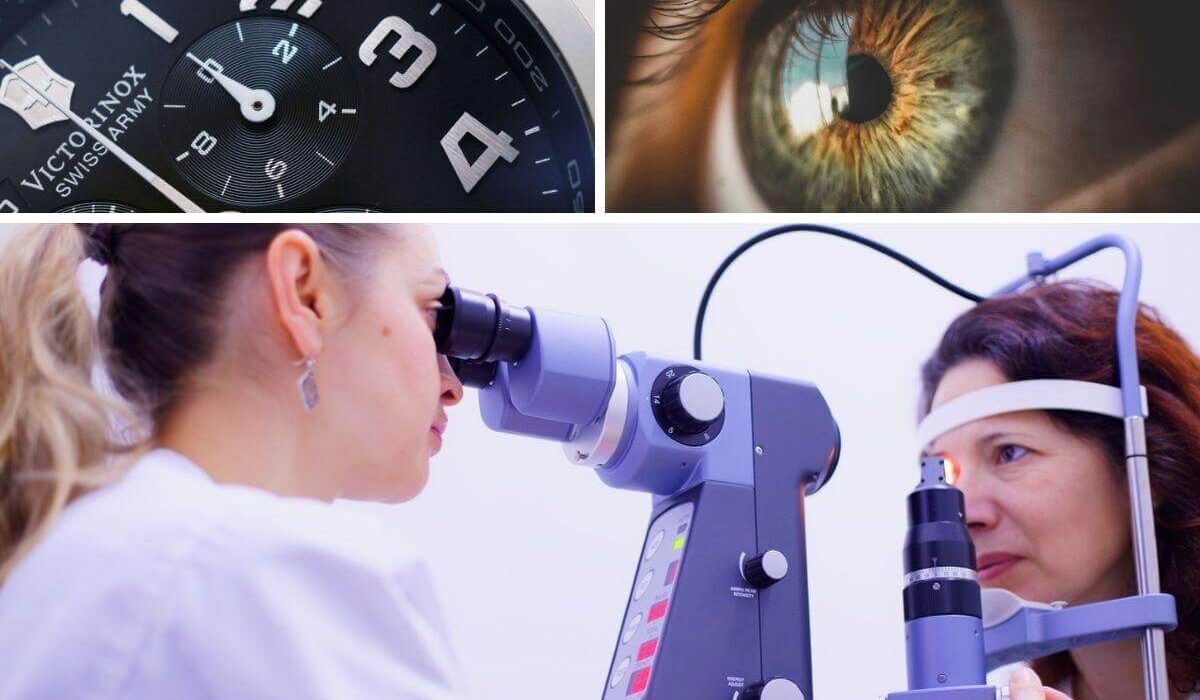Have you ever wondered how long cataract surgery can take? From the busy streets of New York City to the Australian Outback, cataracts are a common eye condition that affects both young and old.
While it may seem daunting to have invasive surgery done on your eyes, understanding what to expect during the procedure is key to making an informed decision.
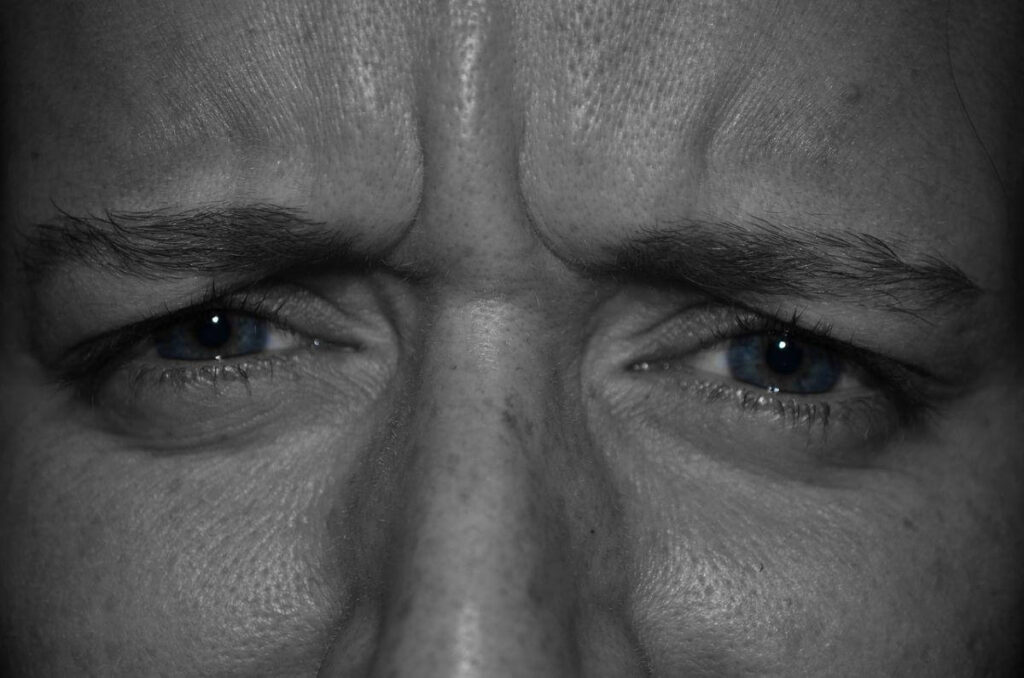
In this blog post, we’ll discuss how long cataract surgery actually takes and what factors come into play during the process. We will also address frequently asked questions to help you move your cataract knowledge into the ultra-clear zone!
What are cataracts?
Do you have fuzzy vision? Then cataracts might be the culprit! Cataracts are a common eye condition that causes blurry, cloudy, or hazy vision. It occurs when the lens of your eye becomes clouded, dimming your sight and making it harder to see clearly.
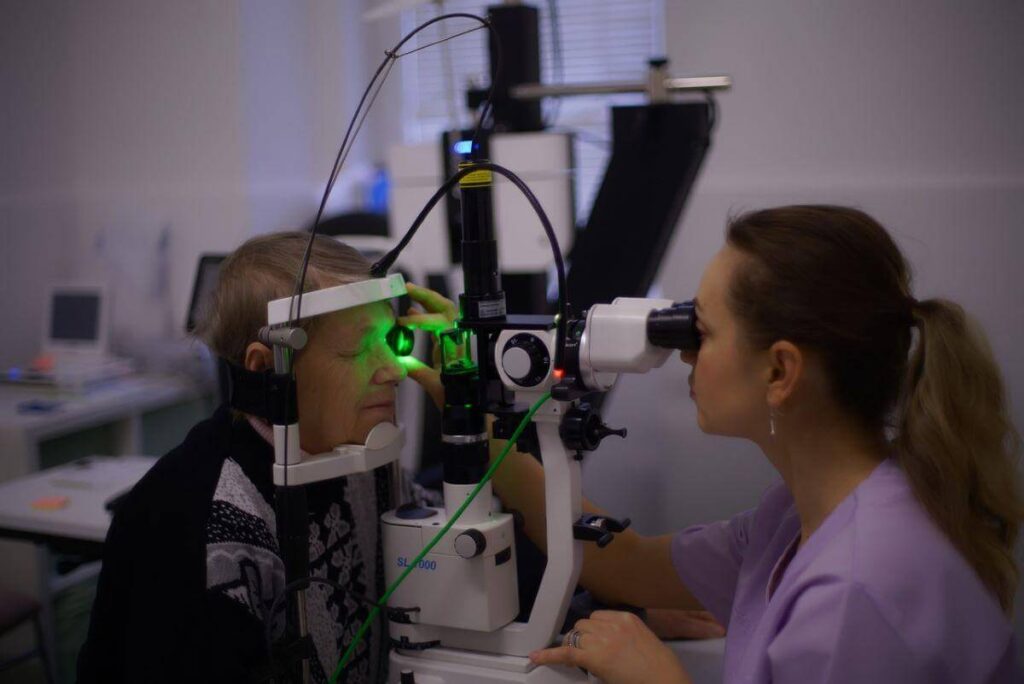
As they grow, they can impair your vision more and more, eventually leading to complete blindness if left untreated. Thankfully, there are modern treatments available like cataract surgery that can help restore your sight!
What is the first sign of cataracts?
One of the first signs of cataracts is a gradual blurring or dimming of vision that often happens slowly over time.

Symptoms may include difficulty reading, a noticeable glare when looking at lights, and colors appearing duller than usual. If left untreated, the condition can worsen, leading to complete blindness if it is not addressed soon enough with an ophthalmologist.
My neighbor Ann, 79, just had her second clouded lens replaced with laser cataract surgery
Cataract surgery is a life-changing procedure for most. Those who are about to undergo cataract surgery have no idea about the clear vision they have gone without for so long.
My neighbor Ann just completed her second routine procedure, as there are two separate surgeries. One eye at a time is completed for precautionary measures.
“After that new lens becomes healed within the eye, the detail you will be able to see is crazy,” she said! Ann says she can see the veins on the leaves, and the dirt detail within the cracks of her driveway.

Delighted with her new vision after her second surgery, which occurred separately on the same day in a few hours, she can now see distant objects.
Her clear artificial lens is working magnificently. Everything is better. Driving is easier with her new distance vision, and close-up vision is so detailed, she cannot believe her vision was so poor before! A good practice would be to protect your eyes with blue light glasses whether you are before or after surgery while using any screens.
Here’s what to expect and how long each step typically takes during the big day:
1. Preoperative Evaluation Approximately 15 minutes
Before any type of surgical procedure, your ophthalmologist will want to do a comprehensive preoperative evaluation.
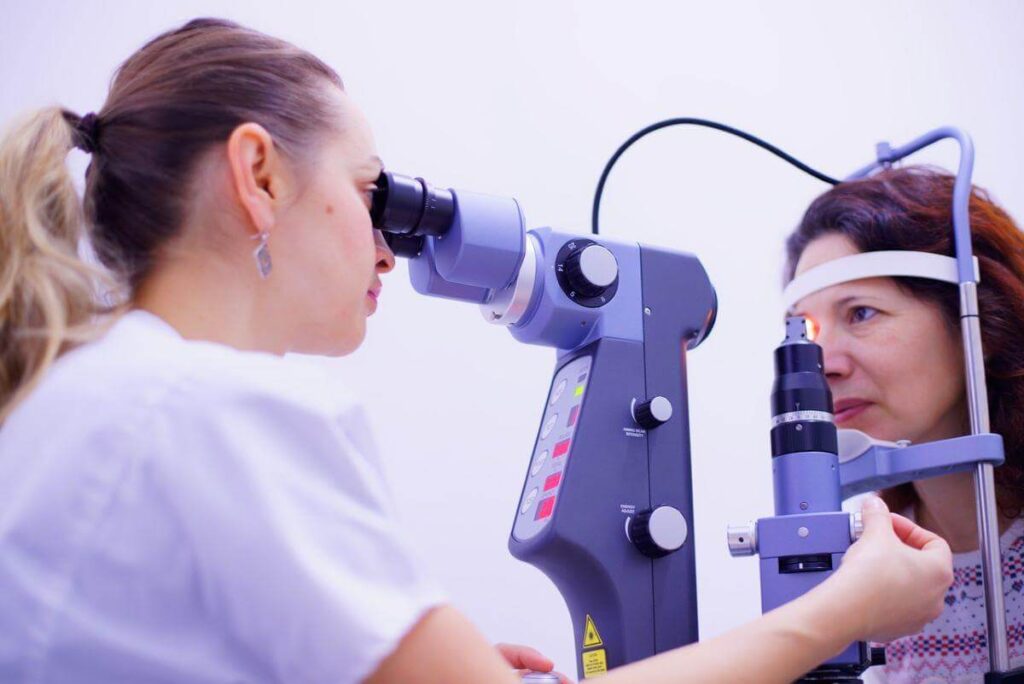
This involves a detailed history of your current eye health as well as an eye exam with special dilation drops. Depending on the findings, additional tests may be ordered.
2. Local Anesthesia: Approximately 5 minutes
Typically, local anesthesia is applied to numb the eyes in preparation for surgery. This takes approximately five minutes and generally doesn’t require any downtime following its application.
3. Incision Creation: Approximately 5 minutes
The next step is to create incisions to gain access to your eyes and repair cataracts.
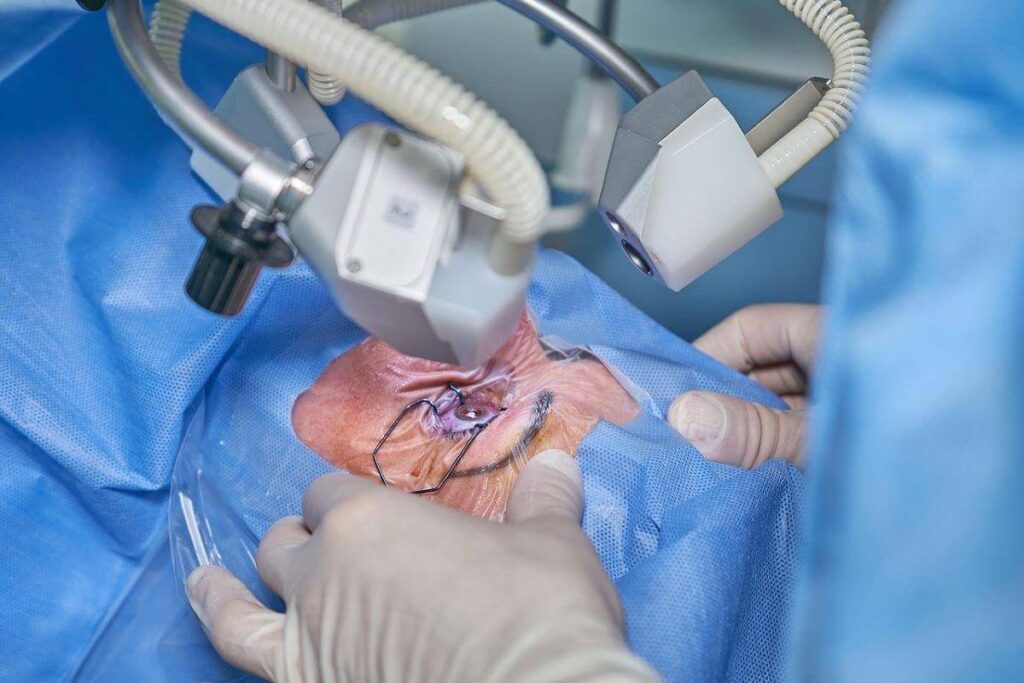
Your ophthalmologist may choose between several different types of surgical blades in order to complete this step quickly and safely. Altogether, this should take about five minutes or less, depending on the complexity of your case.
4. Phacoemulsification and removal of cataracts: Approximately 20 minutes
During this step, the doctor will use ultrasound waves delivered through a tiny probe that is inserted into the eye through one of the small incisions created earlier in order to break up and remove the cataract from within its capsule.
5. Intraocular Lens Implantation: Approximately 5-10 minutes
Once all of the cataracts are removed, an artificial intraocular lens (IOL) will be implanted inside your eyes in place of your natural lenses that were damaged by cataracts. Now you are done!

Is cataract surgery painful?
The good news is that cataract surgery is typically pain-free. The procedure itself doesn’t require any anesthesia and usually takes between 10 and 20 minutes to complete.
During the surgery, a tiny incision is made in your eye, and the cloudy lens of your eye is replaced with an artificial one. After the procedure, most patients feel a sense of relief right away and can resume normal activities within a few days!
Are you awake during cataract surgery?
Generally, you will be awake during cataract surgery, but you won’t feel any pain as the surgeon administers a local anesthetic. There are several types of anesthesia available for cataract surgery, including topical and local anesthesia.
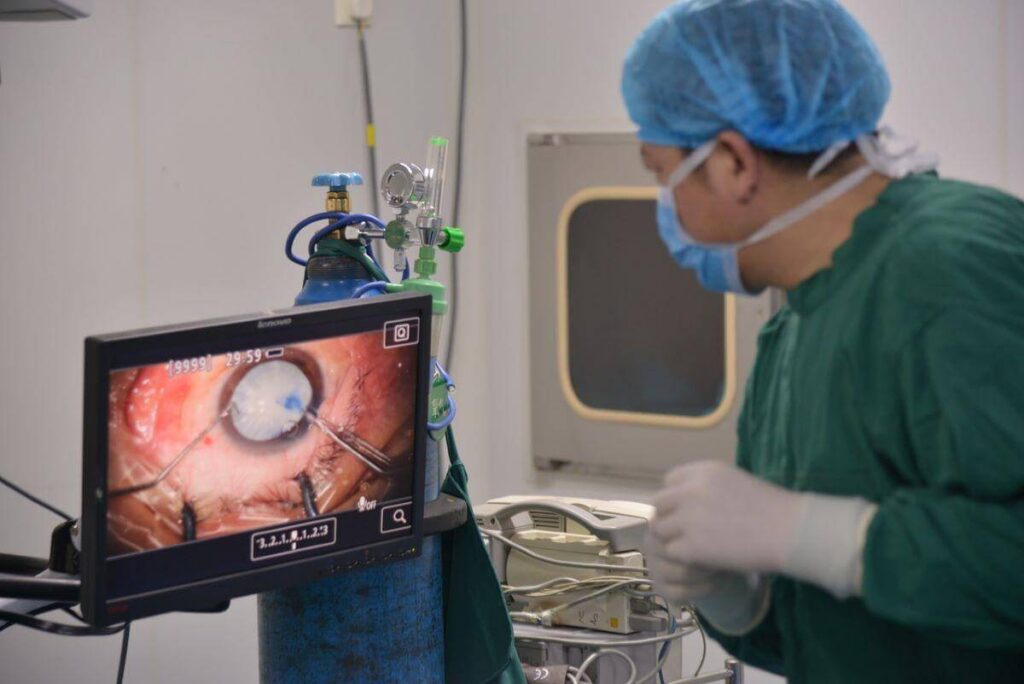
During the procedure, your eye is held open with a speculum, and your vision will be blurred or hazy for the duration of the surgery. Your doctor may also give you sedatives to help make you more relaxed before starting the surgery. After the procedure is over, you may experience blurry vision for a few days before your vision stabilizes.
How long can cataract surgery be postponed?
The reality is that cataract surgery can typically be put off for a while, as cataracts are slow-growing. However, it is critical to discuss your situation with your eye doctor so that they can advise you on the best time to undergo the procedure. Waiting too long could mean that vision problems worsen, and more specialized treatments may need to be considered to restore optimal vision health.
Does cataract surgery correct astigmatism?
Generally speaking, cataract surgery does not correct astigmatism. Cataract surgery involves removing the lens of the eye that is affected by the cataract and replacing it with an artificial intraocular lens (IOL).
The IOL that is placed during cataract surgery typically does not have the same shape as the natural lens and therefore will not correct any astigmatic errors. If you have astigmatism, you may need to undergo laser refractive surgery to correct it after having a cataract removed.
Can you fly after cataract surgery?
The great news is that yes, you can fly safely after cataract surgery!

It is advised to wait a few days until your eye has recovered before boarding a plane, but once that healing period is complete, you should be good to go!
Can cataracts cause headaches?
Many people are unaware that cataracts can indeed cause headaches. While most symptoms of cataracts affect vision, such as blurred or cloudy vision, headaches can also be one of the first, and sometimes only, signs of the condition.
Since cataracts cloud your lens, they can make things like reading or looking at screens more strenuous on the eyes. This extra strain can lead to frequent headaches, even if you don’t have any other visual impairment.

If you’re experiencing frequent headaches and they don’t seem to go away after trying other treatments or remedies, it’s best to consult with your doctor to rule out a possible cataract diagnosis.
Can cataracts cause dizziness?
Cataracts may cause dizziness in some cases, but it is a rare symptom. Cataracts are cloudy spots on the lenses of your eyes, which can block or blur your vision and make focusing on objects difficult.
If left untreated, cataracts can lead to complete vision loss and decreased depth perception, both of which may cause balance issues and a feeling of dizziness or lightheadedness. Additionally, people with cataracts may experience double vision due to the inability of the eye to focus light properly.
Does everyone get cataracts?
No, not everyone gets cataracts. While they are the most common cause of vision loss in adults, cataracts do occur more commonly as people age or after certain types of eye injuries. Most cataracts develop slowly over time and usually only require treatment if they begin to interfere with your vision.
However, some people may be born with cataracts or acquire them at a young age due to specific medical conditions like diabetes. Consulting with an optometrist is the best way to determine if you’re prone to developing cataracts.
Concluding thoughts on cataract surgery
When it comes to this outpatient procedure, understanding the process and how long it takes is key. With the information provided here, you can make an informed decision on whether or not this type of procedure is right for you. Be sure to avoid bright lights, control inflammation, and use an eye shield to avoid any eye pressure until your follow-up appointments.
The most important thing to keep in mind is that cataract surgery is a safe and effective way to restore vision and improve your quality of life. Talk to your eye doctor about what to expect during the procedure, and be sure to ask any questions you may have before scheduling. With the right preparation, you can look forward to clearer vision in no time!
More from thewellthieone.com
The links used on thewellthieone.com are affiliate links, which may provide a small commission. This does not increase the price of the goods for the consumer whatsoever. What it does is ensure that useful content like this can continue to be produced. Thank-you for enjoying our content and allowing us to continue to provide more.

